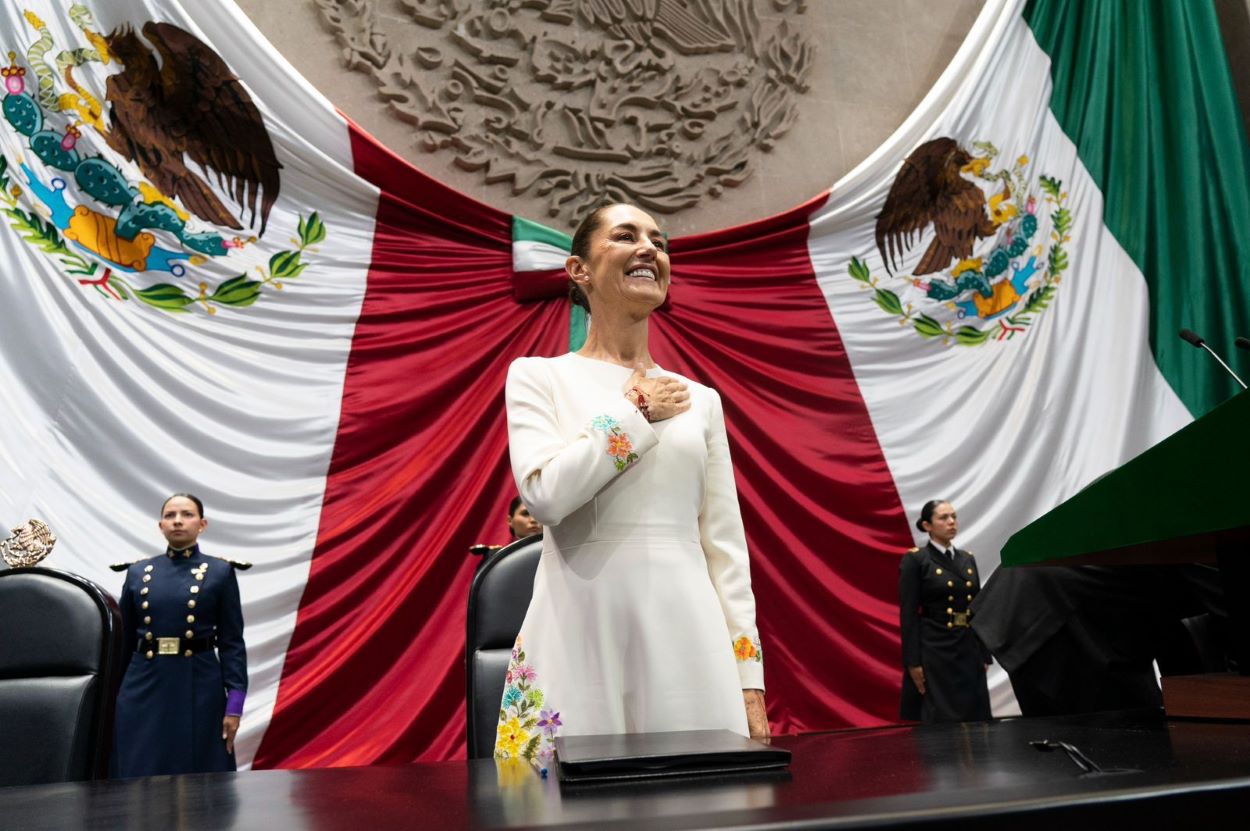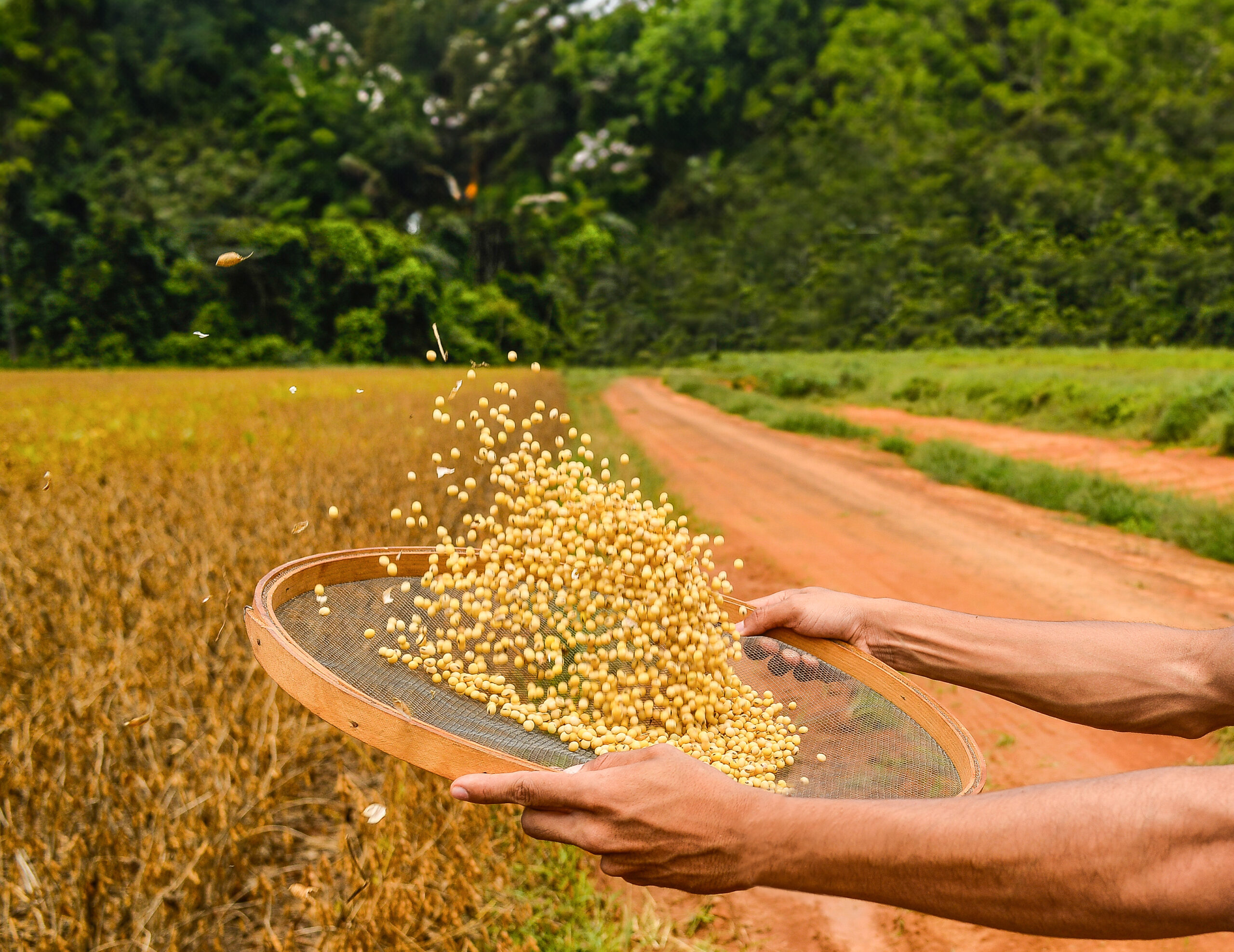Weekly Chart: Indigenous Languages in Latin America
Weekly Chart: Indigenous Languages in Latin America
In light of International Day of the World’s Indigenous Peoples, we look at the region’s more than 500 indigenous languages.
August 9 is the International Day of the World's Indigenous Peoples. There are 42 million indigenous people in Latin America, making up nearly 8 percent of the region's total population in 2010, per a report by the World Bank. And with all those people, there is plenty of talking: in Emberá along the rivers of northwestern Colombia, in Quechua waiting at a Lima bus stop, in Mixtec on the streets of Oaxaca.
According to UNESCO, at least 43 percent of the world's languages are endangered, and one-fifth of Latin America's indigenous peoples have already lost their native tongue in recent decades. While Guaraní may enjoy the status of an official language in Paraguay, in El Salvador indigenous languages border on extinction. Thirteen Caribbean countries, including Cuba, the Dominican Republic, and Haiti lack statistical information regarding indigenous peoples, according to the World Bank report.
In light of the day, we rounded up some related facts and figures on the languages the Americas’ indigenous populations are speaking.
*Editor's note: An earlier version of this story misspelled Tzotzil.







